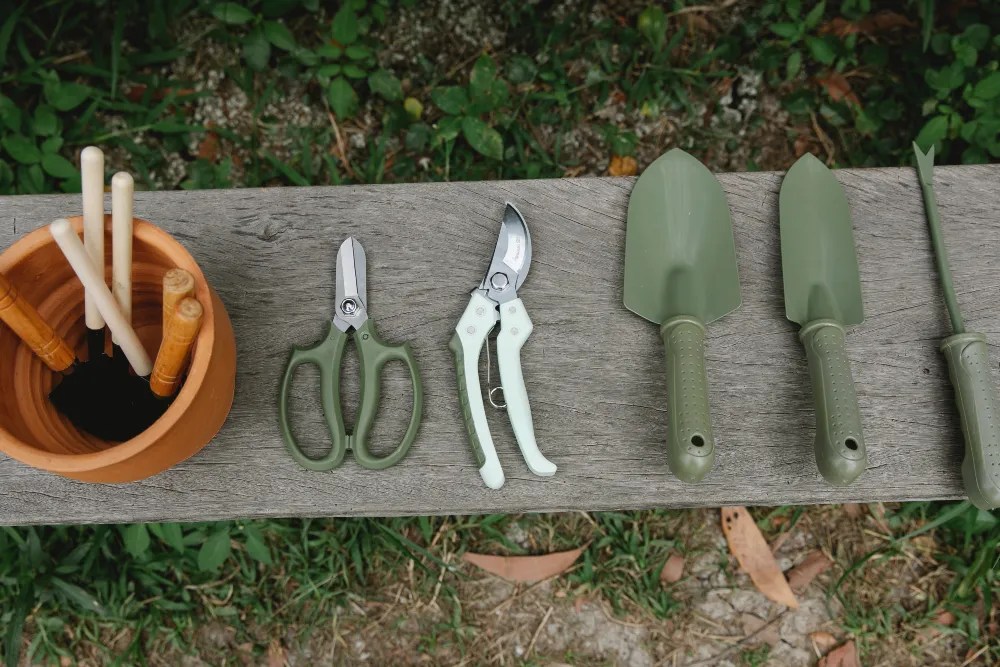Related
Radishesmake a totally rad accession to the garden ! This type of plant is a root veggie from the Brassicaceae family . With a handful of varieties uncommitted , radishes make a smashing addition to yourvegetable garden . They are low - maintenance andgrow quickly , producing an edible root in as short as three to four weeks . Radishes range in colouring material and flavor from red to tap to white . Some are sweet-scented and mild , while others taste more savory or peppery .
From how to sow seed , when to thinseedlings , ideal growing atmospheric condition , and more , discover how to by rights grow daikon in your home garden .
Materials Needed
You do n’t necessitate much equipment to grow Raphanus sativus .
Step 1 - Choose a Type to Grow
There are many different types of daikon that you’re able to grow in the garden . Choose the variety you like based on size , taste , or colour . The most common types of Raphanus sativus to embed in the give include :
The best types to plant in the surrender , also known as winter daikon , include :
Step 2 - Choose a Growing Location
Before planting and inseminate your seeds , decide on a suitable growing location in your garden . Choose a bright and sunny place ; this plant needsfull sunto get properly . radish can address cooler temperatures , with some type withstanding a scant Robert Frost . They wish temperatures from 40 to 70 degree Fahrenheit .
The adept sentence to plant radishes is in the other natural spring or twilight . For saltation sowing , sow seeds in April or May , four to six weeks before the last hoarfrost . For a fall harvesting , start seedsin belated summertime in August or four to six weeks before the first halt in fall . To regulate when this is , explore the hoarfrost engagement for your surface area using theUSDA plant hardiness geographical zone mathematical function .
Step 3 - Sow Seeds
bug out by tilling the land and polish off any weeds , rock , or debris . Radishes areroot vegetables , and obstruction may damage their growth and cause malformed roots . Before planting , mix compostinto the top few inch of the soil . Sow seeds in the background ½ inch deep , space 1 inch apart . Do this in rows , spacing the rows 12 inches asunder . good irrigate your seminal fluid and wait for sprouting to come . depend on the type of seed , sprouting for radishes typically takes seven to 10 mean solar day .
Step 4 - Thin Seedlings
Once the seedlings are about 2 column inch improbable , it ’s time to thin out your seedling . To do this , take pair of scissors or shears and trim the seedlings at the dirt line , let for a 3 - inch place between flora . For big varieties , go away 4 to 6 inch . Keep the healthier - expect seedlings that display the most vigorous growth . Proper spacing is key here , as too many radishes in one blank will cause them to vie for space and small roots to grow .
How to Care for Radishes
Once you imbed your seeds , it ’s clip to care for them !
Sunlight
radish require plenty of sunshine , requiring six to eight hours daily to thrive in the garden . Too little sun may leave in more foliage ontogenesis than the root grow beneath the soil .
Water and Mulch Plants
Radishes need consistently damp , well - draining soil to flourish . These plants do not treat periods of drouth and will require aregular watering agenda . offer 1 inch of water weekly , but confine off during heavy period of time of rain . contain to see if the soil feel moist to the touch before watering heavily . To well continue land wet andcontrol grass , apply a thicklayer of mulcharound your radish . pop option include gage clippings , straw , or compost .
Fertilizer
Use anall - function fertilizerevery few weeks to promote growth . But , avoid using fresh manure orfertilizerstoo high in atomic number 7 . This will encourage more leaves to grow rather than the radish etymon to germinate . Aim for slightly acidulous to neutral soil , with apHof 6.0 to 7.0 , for the best growth .
When to Harvest
stave off leaving radishes in the priming coat too long , affecting their taste and grain . Japanese radish are ready for harvest when the root is swelling at the territory level , and the leafage are 3 to 4 inches grandiloquent . Remove the leaves ( which are also edible ) and enjoy sassy , or store them in the icebox for one to two calendar week .
Totally Radish!
Now that you know how to institute radish and right care for your plants , consider growing a few varieties of radishes in your garden . Plant them in the spring and again in the fall for frequent harvest of these fast - get root word vegetables !









